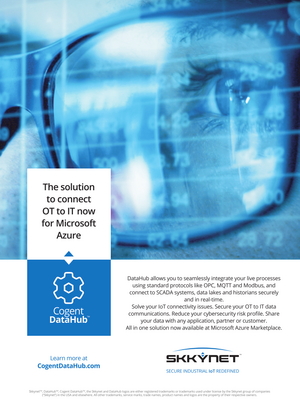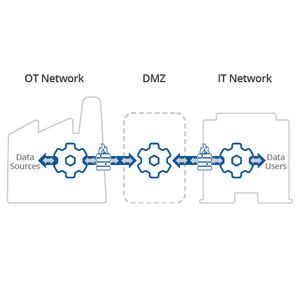With the exception of tracking of the adoption of certification to ISO standards there is no systematic survey of current levels of energy management (EM) adoption across EU organizations. Appendix B of the full report published by Leonardo Energy presents the findings of a limited survey across the six largest EU economies that was conducted in support of this study.
The Sector Forum Energy Management of CEN/CENELEC has also conducted a limited survey. Otherwise there is a quite rich technical literature regarding the adoption of energy management in the EU including extensive case studies. Analysis and synthesis of these findings in conjunction with a set of informal interviews with EM experts across the EU has led to the following assessment of the levels of adoption of EM in the EU:
● There is a broad spectrum of behaviors currently seen but on average EM adoption is well below economically rational levels;
● As one would expect, energy intensive and larger organizations are much more likely to have adopted proactive energy management strategies than less energy intensive or smaller organizations;
● Very few organizations adopt strategies to realize all financially attractive measures and even less to optimize their climate impact;
● The case of no systematic planning predominates in SMEs;
● Short-term profit maximization is most common in other commercial enterprises such that;
● Measures with payback periods of beyond 2 years are seldom considered;
● Certification to EN ISO 50001 is growing quite rapidly but from a low base;
● Motivation to be certified is strongly driven by additional economic incentives (driven by public policy) and this has created a major asymmetry in the level of certification by EU Member State;
● The provisions of the Energy Efficiency Directive regarding audits and EN ISO 50001 are most likely increasing adoption rates but the policy is quite recent and its implementation more so such that it is still unclear what scale of impact it has had;
● Countries with long established EM standards and programs are significantly more likely to have a high proportion of organizations having adopted EM and a greater depth of EM implementation than those that haven’t.
Overall it appears that while awareness of energy management and its significance is increasing, most organizations are struggling to implement it effectively. They tend to operate conservative, risk-averse strategies that avoid deflecting time and effort from core business activities for measures that may be seen to be desirable in principle but are perceived to be outside core competences. Given this situation there remains a considerable scope to develop more sophisticated EM strategies that mine the cost effective savings potentials more fully.
Findings of the European Copper Institute (ECI) Survey
The ECI sponsored survey investigated EM adoption levels in 27 industrial enterprises across the six largest EU countries, see Appendix B. The companies selected were engaged in intensive or relative energy intensive activities mostly in the chemical/ pharmaceutical, automotive, metal refineries & foundries and packaging materials sectors.
The survey found that:
● The group b) “awakening” category seems to be predominant across the countries surveyed, which implies there is interest in EM and some EE measures are implemented but there is a lack of systematic EM;
● Many potential survey candidates during the recruitment process, stated when the survey topic was described that they are “...completely unaware regarding the ISO 50001 requirements and energy management systems are not their priority...” and declined to participate. It is thus very difficult to encourage companies that might fall into the group a) “unaware” category to engage with a survey of this type. This may be because given the rise in the cost of energy, mainly electricity, prices that all energy intensive companies will need to take actions to control and reduce costs; however, it is just as likely that their low motivation in discussing energy management and ISO 50001 topics is correlated to their lack of activity in the area;
● There were few companies falling within the group c) “engaged” category except in the automotive sector where they were quite common; otherwise almost all companies implementing an Energy Management System (EnMS) seemed to go straight towards certification. This insight is significant because the number of companies certified under ISO 50001 is available in the public domain as discussed in further below. If this impression is generally correct it suggests that the number of companies certified as having an EnMS does not substantially underestimate the total number of companies using an EnMS, and thus that such listings are valid indicators of the current level of EnMS adoption;
● Those that have an EnMS and don’t seek certification may be motivated by a desire to keep their processes confidential due to concerns about disclosing competitive advantages to their competitors. This may explain the behaviour of the automotive companies approached.
Figure shows the distribution of surveyed companies by EM level of EM engagement from the ECI survey; note, the unaware group is under-represented as those that would not participate but said they were unaware of the EN ISO 50001 standards are not included.
By Paul Waide, Waide Strategic Efficiency Limited




















































